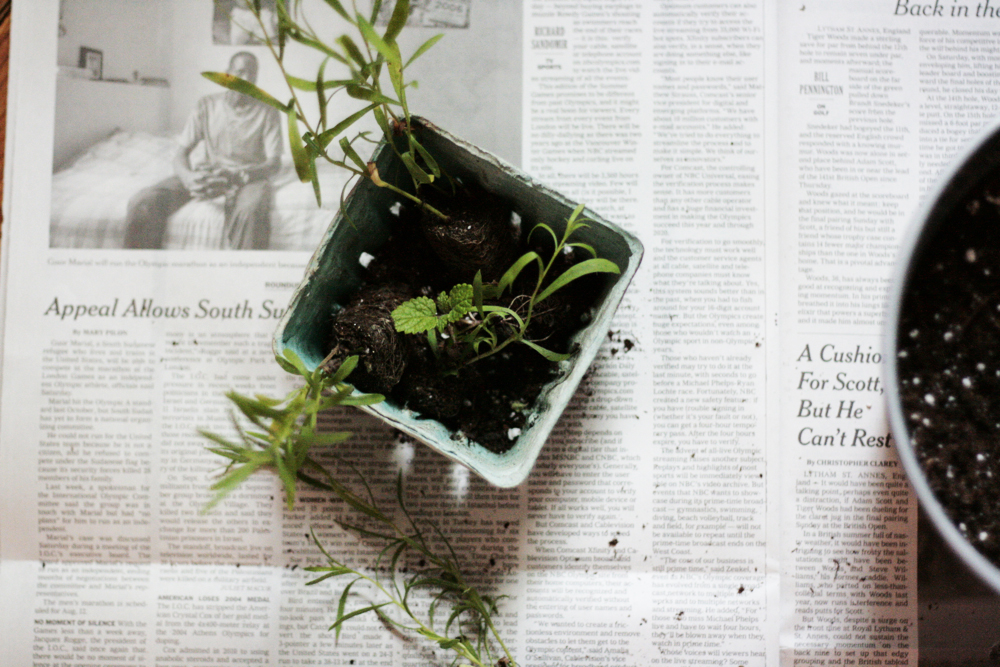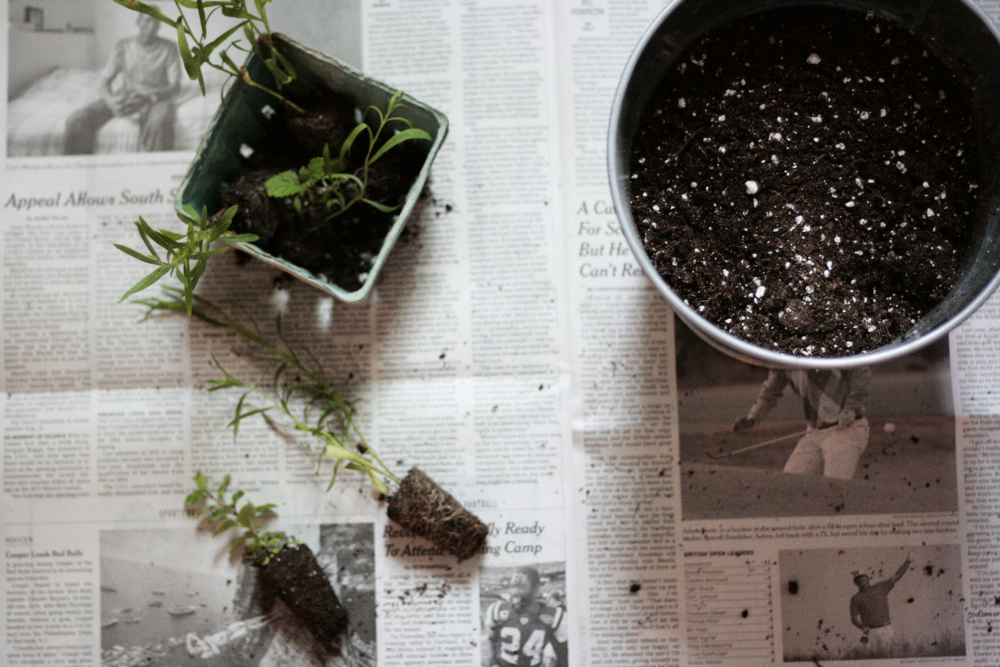If I close my eyes and concentrate, I can still hear my grandma’s voice. I can see her standing at the stove, frying eggplant, and explaining to me how it was done. She never divulged much more than a little bit of this, a little bit of that, always followed by Capisce? It was one of the only Italian words she remembered, and I loved repeating after her. Ok, Grandma---I understand. My grandma---Frances Camelio Panzer, known lovingly as Fritz---was born in Italy, sometime around 1915. Her birthday, or more precisely, her birth year, was always a source of confusion. She lied about her age until the end, and fittingly, my mom realized after-the-fact that we might have misstated her birth year on her tombstone. Her own mother died when she was a child, and soon after, her father set off for the US---for Rochester, specifically---where his sister lived. The rest, as they say, is history.
Even though her command of the Italian language was limited and her memory of her birthplace hazy, my grandma made me so proud of my heritage. Growing up, I thought everyone’s grandparents grew all their own fruit and vegetables in their backyard. Strawberries, peaches, tomatoes and zucchini mingled with rose bushes and bird feeders in their postage-stamp-sized yard. My grandma and her sisters canned the peaches and tomatoes, and the rest of us enjoyed the fruits of their labor all year-round. I can still taste the perfect sweetness of those peaches.
Family came first, something my sisters and I learned from a young age. Thursdays and Sundays were reserved for family dinners, and my grandparents came over each week, red sauce, dessert, and other treats from their yard or the public market in hand. Without fail, my grandma made a beeline for our basement, to get started on our laundry immediately. What she didn't finish left with her and returned soon after, stiff as a board, but smelling like sunshine and fresh air---like home. My mom used to yell at her, "Mom! Can't you sit down and relax with us?"---a phrase that my sisters and I found ourselves repeating to our mom years later, eyes rolling, as she endlessly straightened and dusted and swiffered while at each of our houses. My sisters and I were forced to take piano lessons for years, and our lessons just happened to coincide with Thursday dinners. While we painstackingly worked through our lessons, our parents and grandparents sat at the kitchen table, drinking their coffee and enjoying their own mini-recital. Luckily for them, two out of the three of us---myself never included---remembered to practice each week.
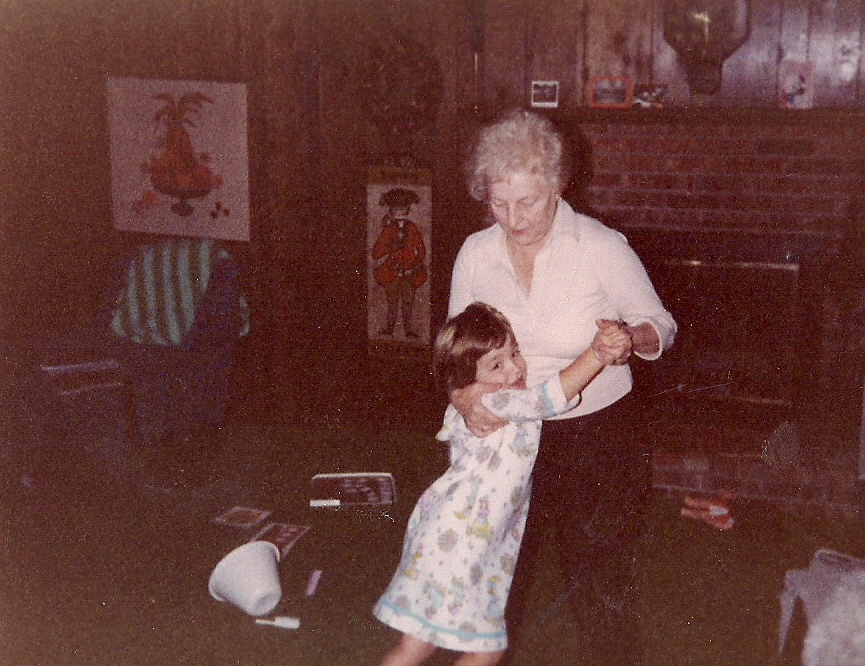 For more years than I can remember, we took a family trip to Disney World. My grandparents must have been in their 70's at the time, yet they didn't miss a moment of the action. From Disney to Epcot to Breakfast with Mickey to luaus at night, they kept pace with the rest of us. When my parents went away on a much needed kids-free vacation each year, my grandparents came to stay with us. We woke up to our grandma in the kitchen, fresh pancakes and Caro syrup on the table. Slim her entire life, her theory was "everything in moderation," paving the way for bacon, alongside those pancakes, more often than not. We spent the week enveloped in her hugs and kisses, and $20 bills appeared at our dinner plates each night, courtesy of our grandpa.
For more years than I can remember, we took a family trip to Disney World. My grandparents must have been in their 70's at the time, yet they didn't miss a moment of the action. From Disney to Epcot to Breakfast with Mickey to luaus at night, they kept pace with the rest of us. When my parents went away on a much needed kids-free vacation each year, my grandparents came to stay with us. We woke up to our grandma in the kitchen, fresh pancakes and Caro syrup on the table. Slim her entire life, her theory was "everything in moderation," paving the way for bacon, alongside those pancakes, more often than not. We spent the week enveloped in her hugs and kisses, and $20 bills appeared at our dinner plates each night, courtesy of our grandpa.
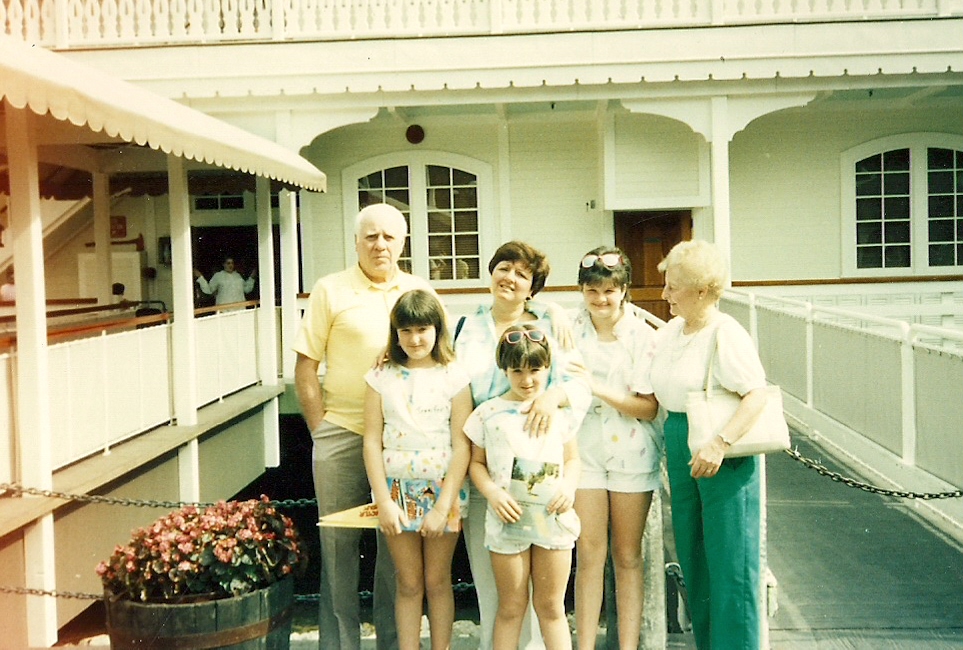 We have pictures from Christmases through the years, my sisters and I tightly clutching our new Cabbage Patch dolls. Each year, my grandparents stood in line for those prized and always understocked commodities, showering us with these spoils and more. I remember my mom telling us one year---a statement that has since been burned into the front of my brain---that Christmas didn't start for our grandparents until we got to their house. We were, quite simply, the center of their lives.
We have pictures from Christmases through the years, my sisters and I tightly clutching our new Cabbage Patch dolls. Each year, my grandparents stood in line for those prized and always understocked commodities, showering us with these spoils and more. I remember my mom telling us one year---a statement that has since been burned into the front of my brain---that Christmas didn't start for our grandparents until we got to their house. We were, quite simply, the center of their lives.
My grandma was lucky enough to hold this role for more than 25 years. Though they traveled extensively in their golden years, my grandparents never missed a soccer or field hockey game, a school play, a graduation, a holiday. My own mom unofficially became a grandma---a Mimi to be precise---5 years ago, when Rachael was born. Though not tied by blood, this didn't seem to matter to either of them. She was Mimi, plain and simple, and it was clear from the start that she was made for the role. Rachael and Mimi had their routines---their "things"---when they were together. In more recent years, my mom was known to pull up a dining room chair, letting Rachael climb on to "help" with the measuring and the mixing in the kitchen. My sisters and I laughed, as we recalled being banned from the kitchen growing up, our mom telling us it was easier for her to just do it herself. Rachael liked to join my mom upstairs, jumping on the beds while my mom tried to straighten around her. Before they came back downstairs, Rachael would ask for some of Mimi's special---and expensive---lotion, and my mom always obliged. Rubbing her little hands together, Rachael declared it was mmmmmmm...deeeelicious!---just like Mimi taught her.
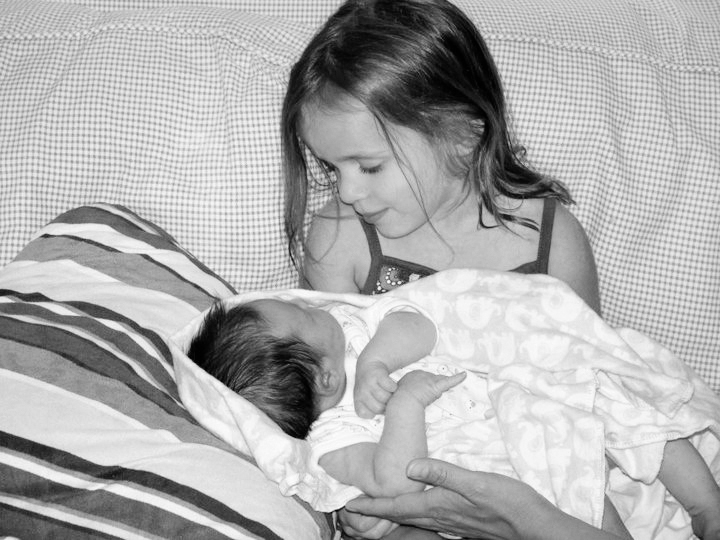 My nephew joined our family two years ago. My sister and brother-in-law gave my parents a card the Christmas before he was born, to announce their news. It stated, simply, "Merry Christmas to my Grandparents." I'll never forget my mom's reaction upon opening that card---the initial gasp, the tears, the hugs. She was going to be a Mimi again. Even at 70, and even with a full-time job, she found the time to stop by my sister's house most nights after work. She checked in on her sweet baby---her Chunka---and without fail, tidied up while there. She told me that she'd do the same for me some day, just as soon as we moved back to Rochester. No pressure, of course. For a year and a half, she was my sister's first phone call when Hudson was sick, when they needed a babysitter, for parenting advice. Now pregnant with her second baby, I think my sister must feel the sting of my mom's absence in ways the rest of us can't quite imagine.
My nephew joined our family two years ago. My sister and brother-in-law gave my parents a card the Christmas before he was born, to announce their news. It stated, simply, "Merry Christmas to my Grandparents." I'll never forget my mom's reaction upon opening that card---the initial gasp, the tears, the hugs. She was going to be a Mimi again. Even at 70, and even with a full-time job, she found the time to stop by my sister's house most nights after work. She checked in on her sweet baby---her Chunka---and without fail, tidied up while there. She told me that she'd do the same for me some day, just as soon as we moved back to Rochester. No pressure, of course. For a year and a half, she was my sister's first phone call when Hudson was sick, when they needed a babysitter, for parenting advice. Now pregnant with her second baby, I think my sister must feel the sting of my mom's absence in ways the rest of us can't quite imagine.
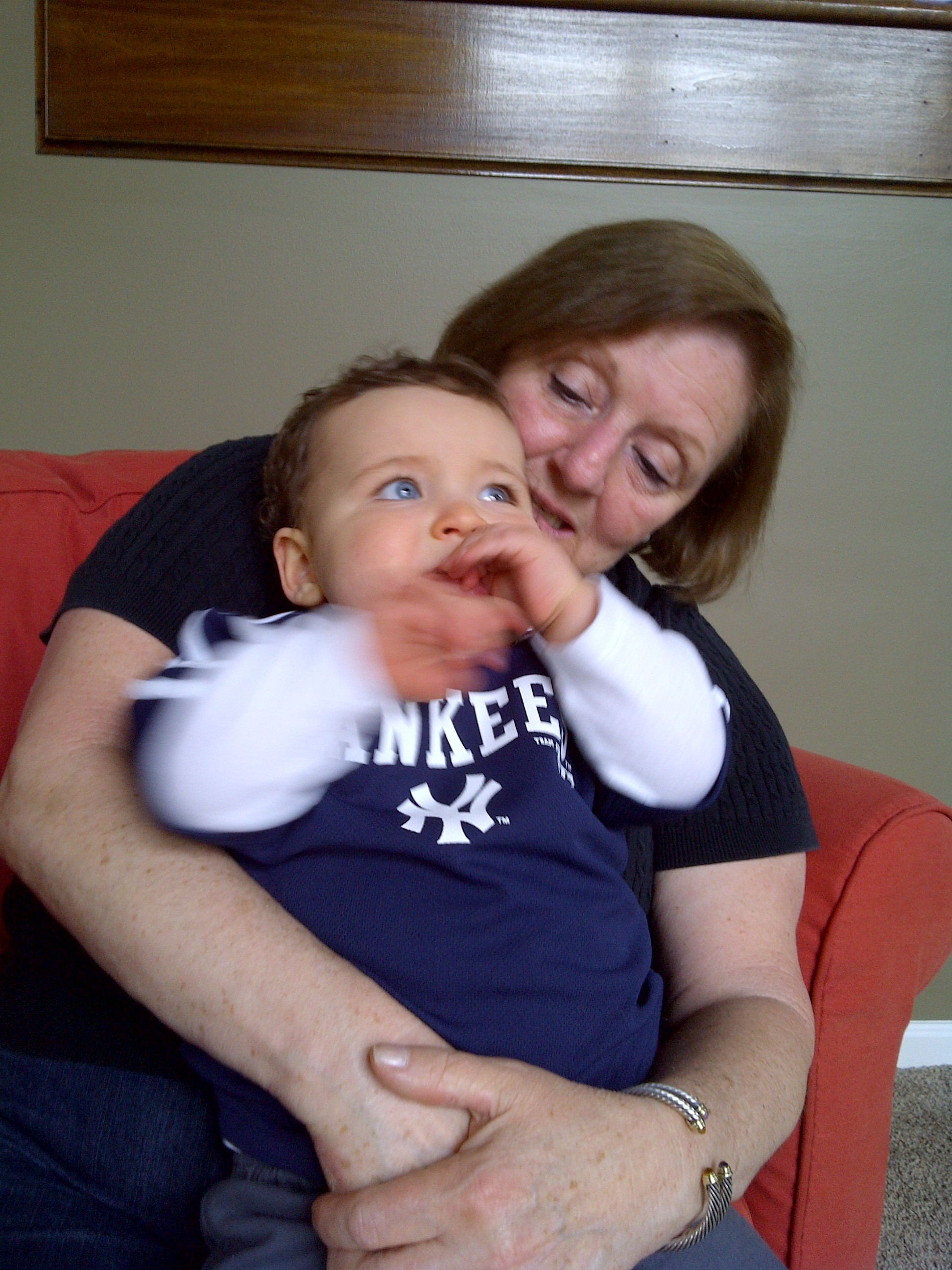 I never doubted that my mom would be my first phone call when I had children of my own, that we would take family trips to Disney World, that she would know how to soothe my babies when I wasn't able to. I always trusted that my children would know the sound of my mom's laugh---that laugh that filled up the room and then some. That I would get the chance to see the pure joy and love in my children's eyes someday, wrapped up safe in my mom's arms. Everyone says that our kids will know their Mimi because she lives on in us, because we'll tell them her stories. They'll learn to not sweat the small stuff, to look for the first cardinal of the season, to make a wish on the Thanksgiving turkey's wishbone. On some days, this makes me smile. But then, on other days, I want to kick and scream at the loss, both my mom's and her grandchildren's.
I never doubted that my mom would be my first phone call when I had children of my own, that we would take family trips to Disney World, that she would know how to soothe my babies when I wasn't able to. I always trusted that my children would know the sound of my mom's laugh---that laugh that filled up the room and then some. That I would get the chance to see the pure joy and love in my children's eyes someday, wrapped up safe in my mom's arms. Everyone says that our kids will know their Mimi because she lives on in us, because we'll tell them her stories. They'll learn to not sweat the small stuff, to look for the first cardinal of the season, to make a wish on the Thanksgiving turkey's wishbone. On some days, this makes me smile. But then, on other days, I want to kick and scream at the loss, both my mom's and her grandchildren's.
There's a saying about best laid plans, but boy, did we have plans for my mom.
For our Mimi.


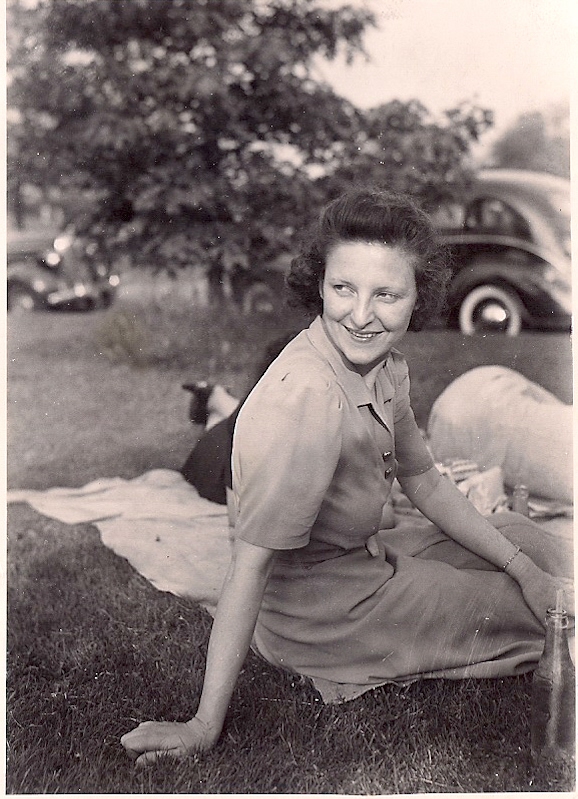
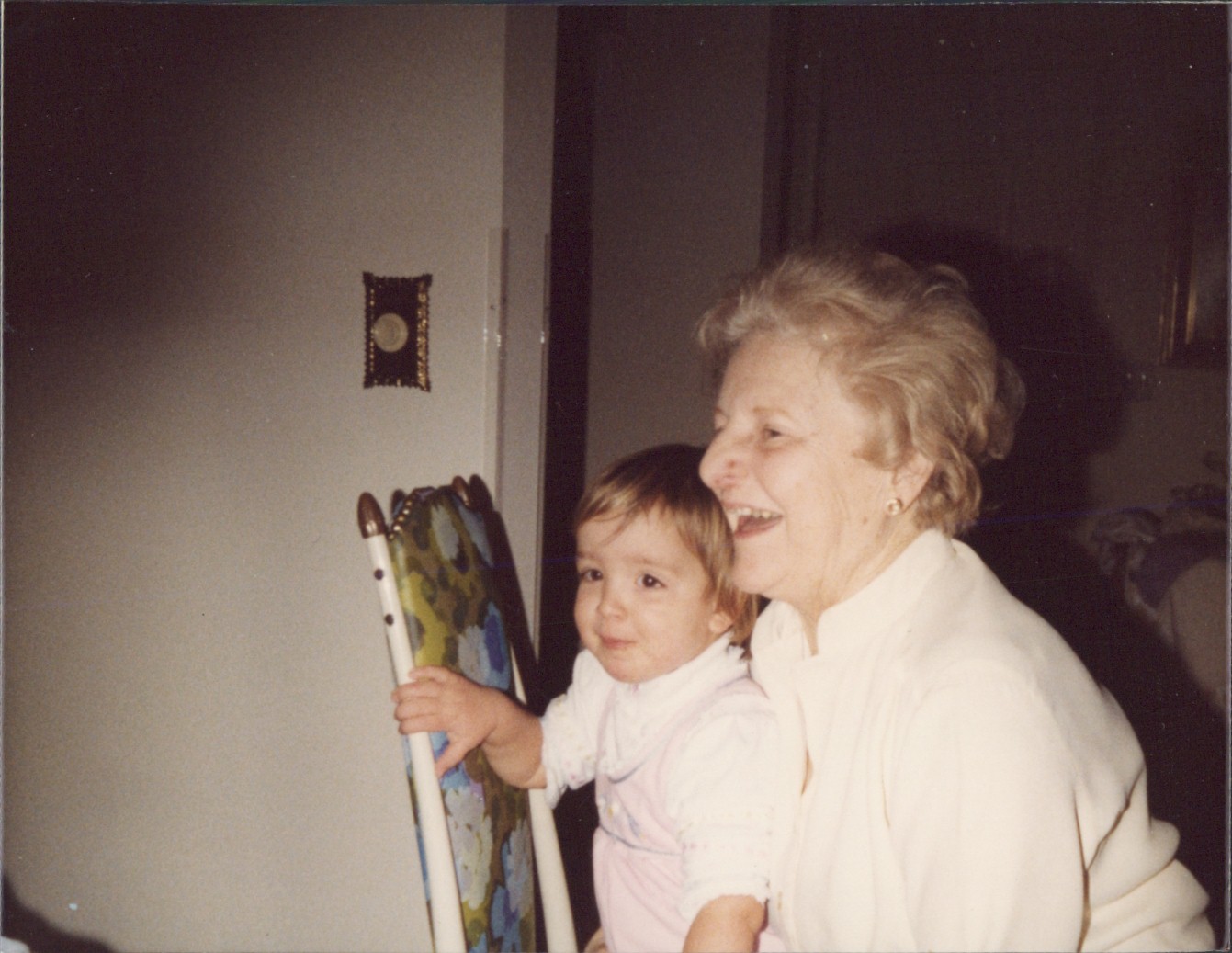
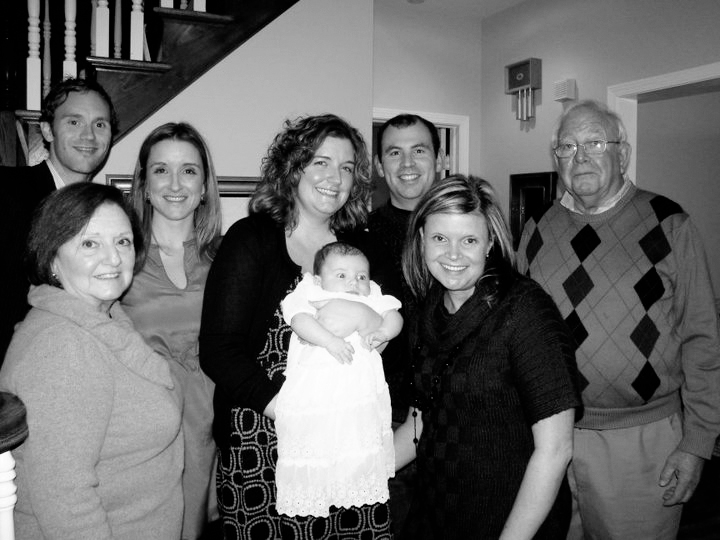

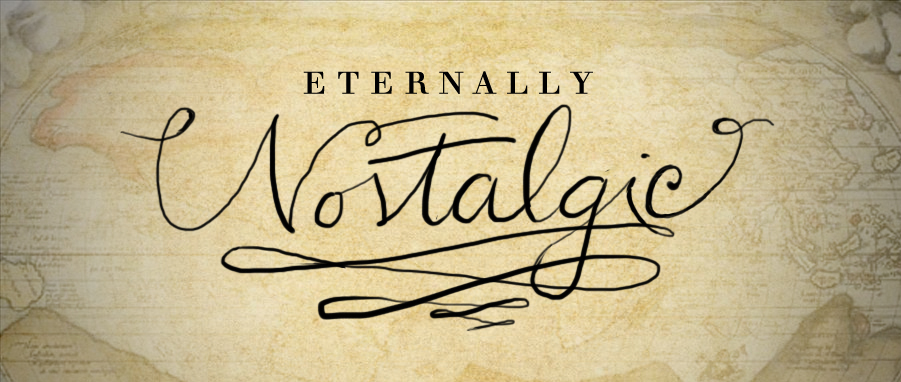







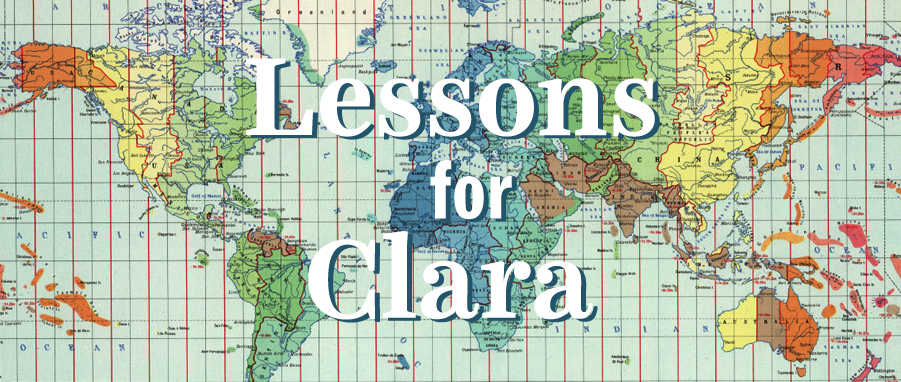

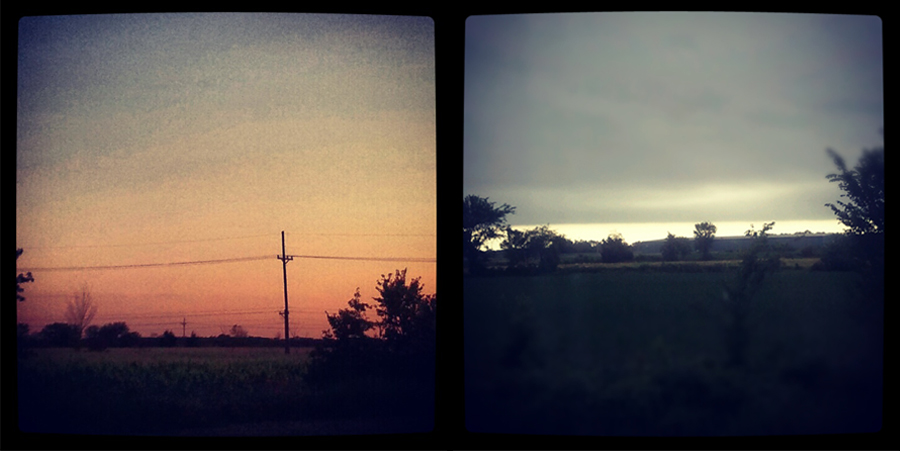


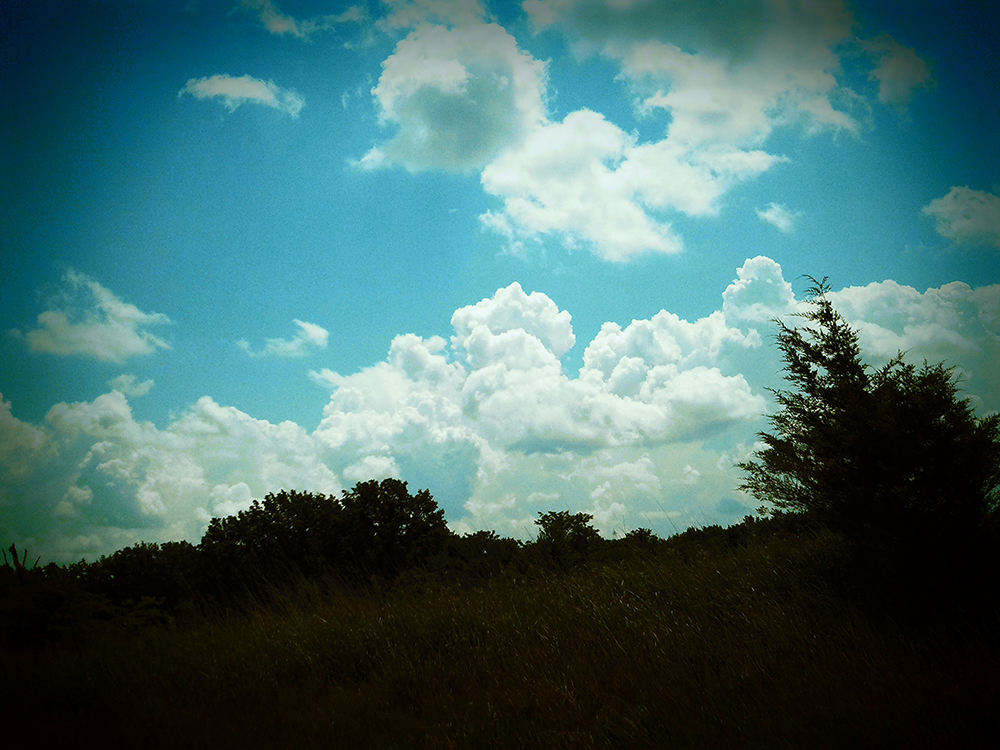

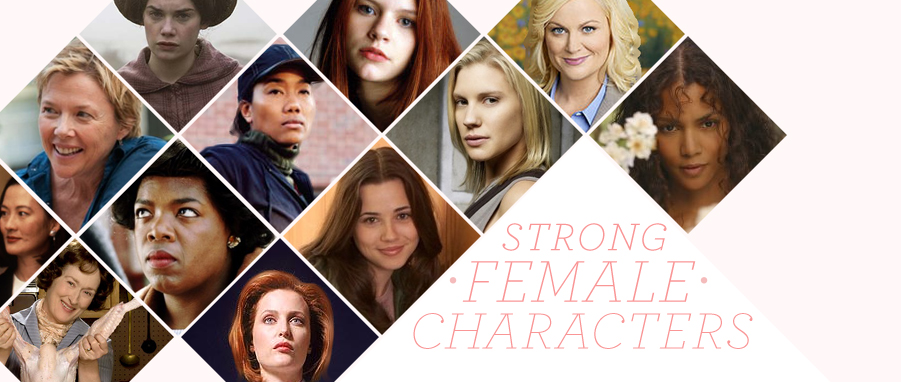
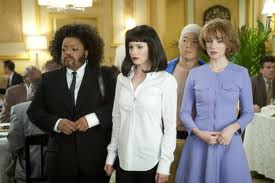
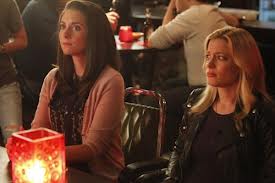
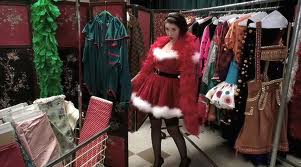


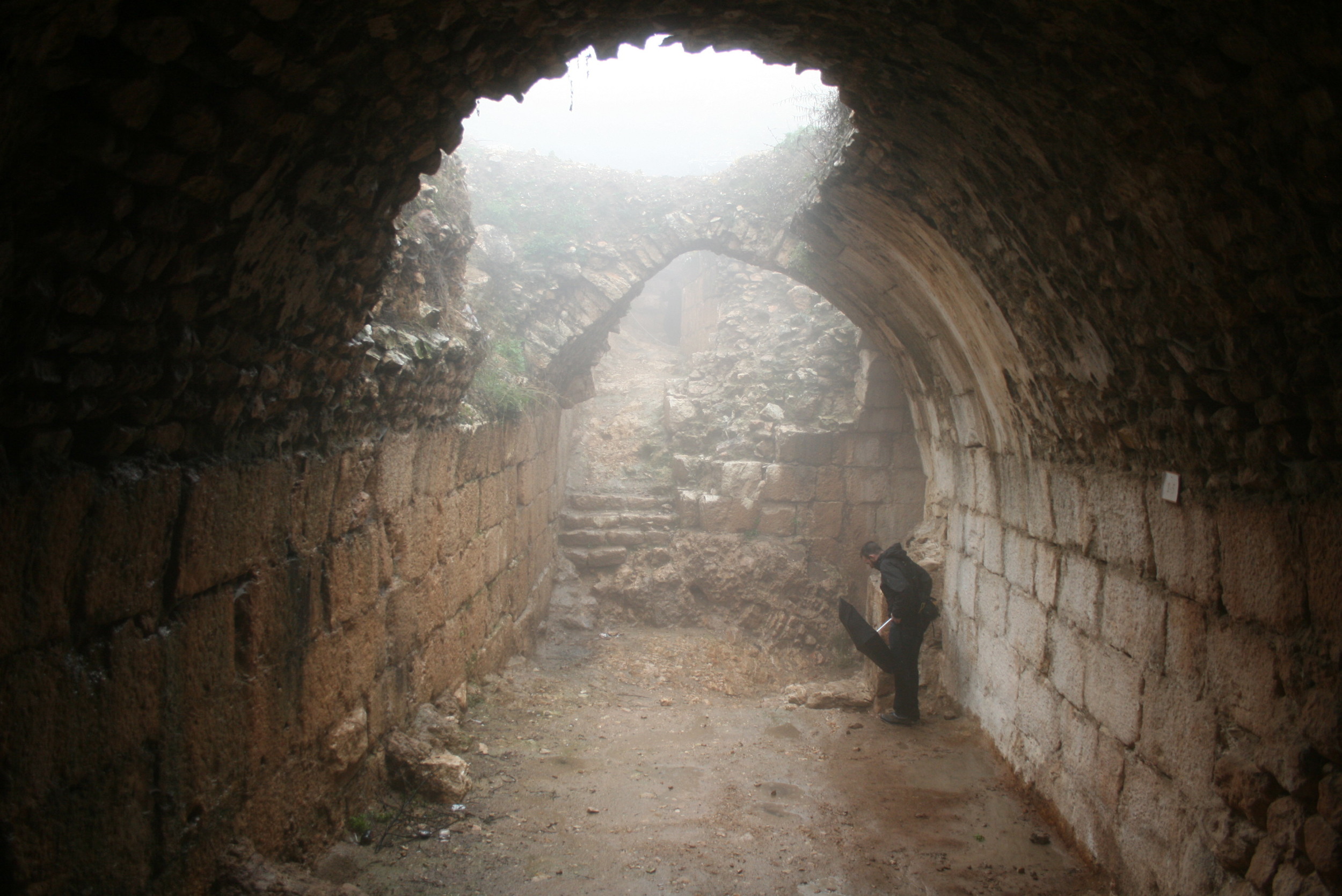


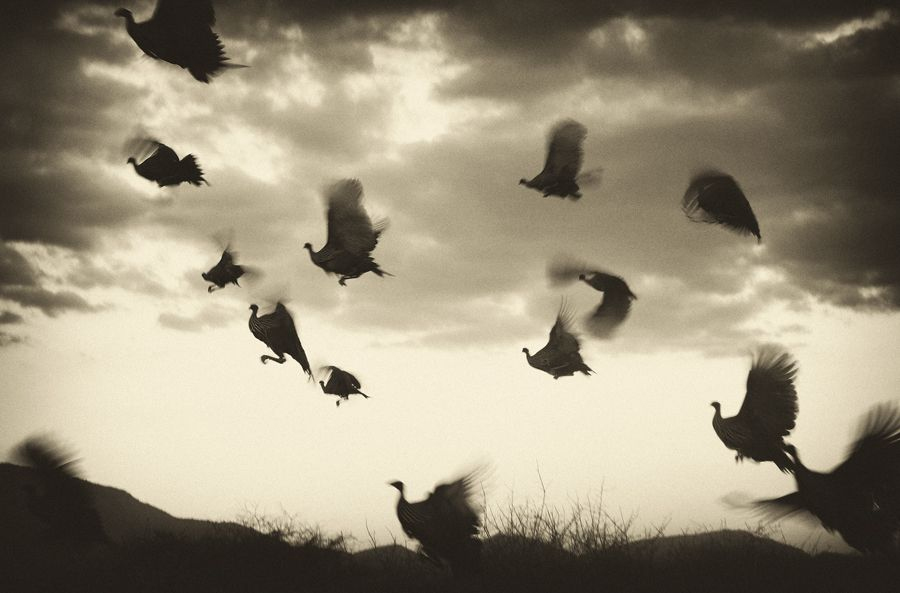
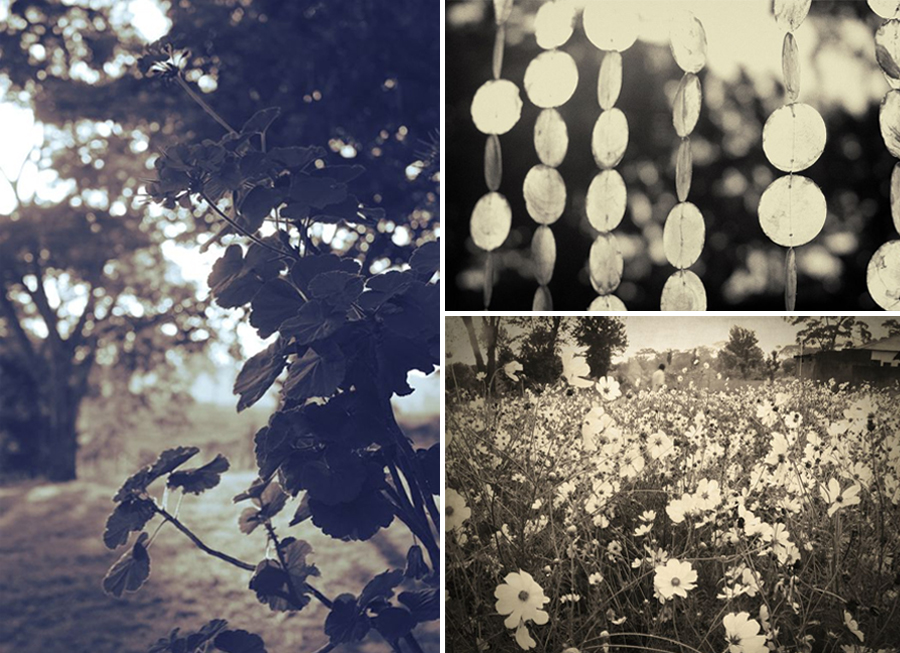
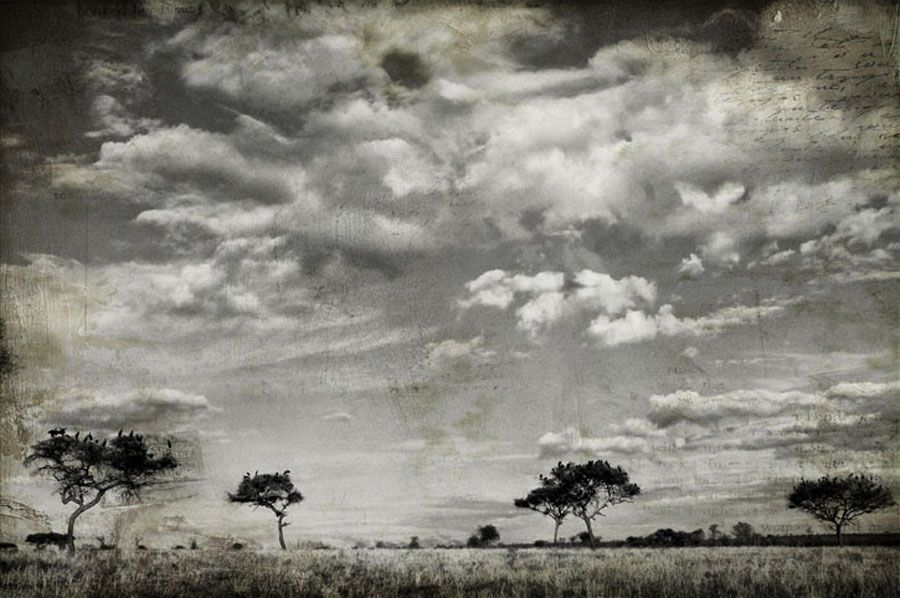




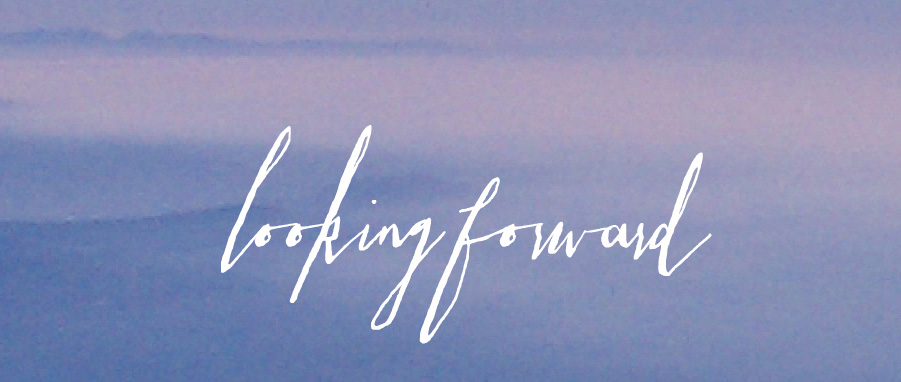
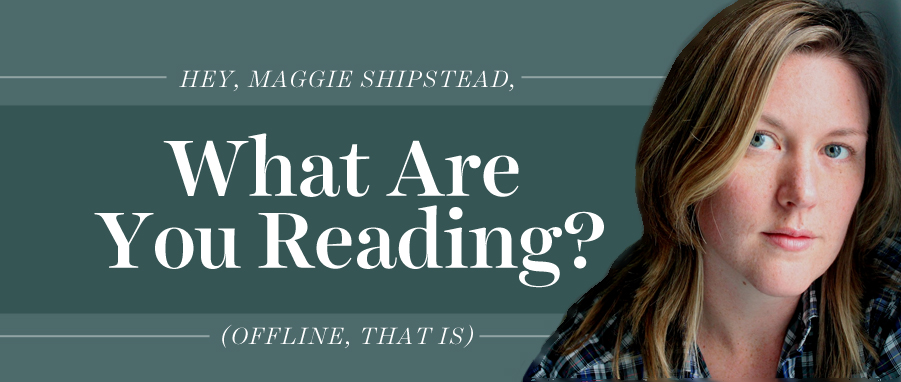
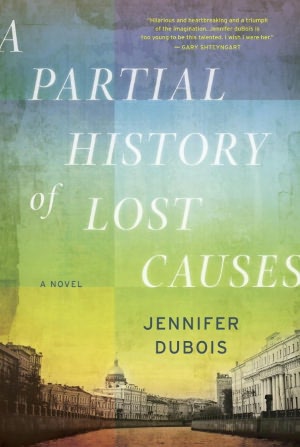
 Telegraph Avenue by Michael Chabon
Okay, so maybe this won’t actually be released until September, but a friend scored an advance copy for me back in the spring. Sweeeet! The novel follows two families living on the seam between Oakland and Berkeley, one white, one black. The wives are partners in a midwife practice, and the husbands own a record store. Chaos ensues. This is a fat, meaty, absorbing book, jammed with off-kilter characters and happenings and with Chabon’s signature riffs on pop culture.
Telegraph Avenue by Michael Chabon
Okay, so maybe this won’t actually be released until September, but a friend scored an advance copy for me back in the spring. Sweeeet! The novel follows two families living on the seam between Oakland and Berkeley, one white, one black. The wives are partners in a midwife practice, and the husbands own a record store. Chaos ensues. This is a fat, meaty, absorbing book, jammed with off-kilter characters and happenings and with Chabon’s signature riffs on pop culture. The Honourable Schoolboy by John LeCarré
I’m a big fan of LeCarré, especially his Cold War novels. This novel falls between Tinker, Tailor, Solider, Spy (best title ever) and Smiley’s People in a trilogy about George Smiley’s pursuit of his KGB nemesis Karla. Just on a language level, LeCarré is an amazing stylist—a very, very, very fine writer who is extremely nimble within the omniscient point of view—but he’s also a master at assembling complex plots and setting them spinning in a perfectly rendered, dreary-yet-fascinating, invisible spy world.
The Honourable Schoolboy by John LeCarré
I’m a big fan of LeCarré, especially his Cold War novels. This novel falls between Tinker, Tailor, Solider, Spy (best title ever) and Smiley’s People in a trilogy about George Smiley’s pursuit of his KGB nemesis Karla. Just on a language level, LeCarré is an amazing stylist—a very, very, very fine writer who is extremely nimble within the omniscient point of view—but he’s also a master at assembling complex plots and setting them spinning in a perfectly rendered, dreary-yet-fascinating, invisible spy world. Look At Me by Jennifer Egan
I’ve been meaning to buy this novel forever, and finally it appeared in front of my face at the right moment at the right bookstore (Books Inc. in San Francsico). One of the many things I admire about Egan’s writing is that she’s always experimenting with form and daringly fills her books with unexpected twists. In Look At Me, a model comes out of a car crash with eighty screws in her face, not disfigured but undeniably altered, and must figure out how her place in the world has also changed. That would be story enough, but other characters take turns behind the narrative wheel as well: a high school golden boy turned unhinged history professor, an outwardly plain teenage girl with a reckless streak, and a private eye, to name a few.
Look At Me by Jennifer Egan
I’ve been meaning to buy this novel forever, and finally it appeared in front of my face at the right moment at the right bookstore (Books Inc. in San Francsico). One of the many things I admire about Egan’s writing is that she’s always experimenting with form and daringly fills her books with unexpected twists. In Look At Me, a model comes out of a car crash with eighty screws in her face, not disfigured but undeniably altered, and must figure out how her place in the world has also changed. That would be story enough, but other characters take turns behind the narrative wheel as well: a high school golden boy turned unhinged history professor, an outwardly plain teenage girl with a reckless streak, and a private eye, to name a few. Arcadia by Lauren Groff
I will always be obsessed with a short story of Groff’s that was in the 2007 volume of The Best American Short Stories and is called “L. Debard and Aliette.” The opening is set in New York in 1918 as a flu epidemic erupts and an Olympic champion teaches a girl recovering from polio to swim and, eventually, to do sexier things. The story is retelling of Eloise and Abelard and has a mesmerizing dreaminess to it that I’m also loving in Arcadia, which begins in a hippie commune in the 70s and, the reviews tell me, progresses all the way into the future. Groff’s writing has a matter-of-fact lyricism that allows her to write about very strange things very naturally and with apparent effortlessness.
Arcadia by Lauren Groff
I will always be obsessed with a short story of Groff’s that was in the 2007 volume of The Best American Short Stories and is called “L. Debard and Aliette.” The opening is set in New York in 1918 as a flu epidemic erupts and an Olympic champion teaches a girl recovering from polio to swim and, eventually, to do sexier things. The story is retelling of Eloise and Abelard and has a mesmerizing dreaminess to it that I’m also loving in Arcadia, which begins in a hippie commune in the 70s and, the reviews tell me, progresses all the way into the future. Groff’s writing has a matter-of-fact lyricism that allows her to write about very strange things very naturally and with apparent effortlessness. The Cat’s Table by Michael Ondaatje
I love ships and the ocean and Michael Ondaatje’s books, so I see no reason why I won’t love this book. It’s about an eleven-year-old boy traveling from Sri Lanka to England on an ocean liner, and I think it’s going to be beautiful.
The Cat’s Table by Michael Ondaatje
I love ships and the ocean and Michael Ondaatje’s books, so I see no reason why I won’t love this book. It’s about an eleven-year-old boy traveling from Sri Lanka to England on an ocean liner, and I think it’s going to be beautiful.

